Lining, OSB or brick - We tell about the materials for the skin and fastening methods.
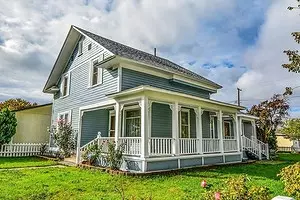
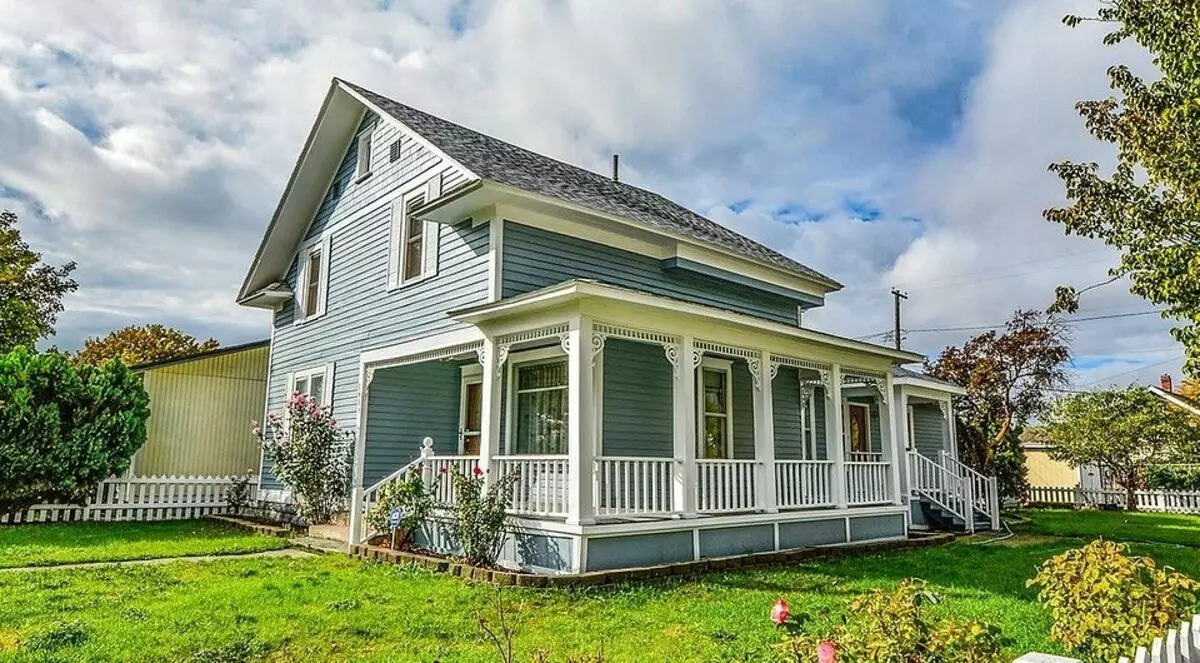
The veranda should be as comfortable and aesthetic, like the whole building. It can be a front entrance that gives the first impression of the interior, or an extension intended for recreation or economic needs. One way or another, one of its main goals is to serve a decoration, without which the house would not look so smart. It can be sustained in the same style as the main structure, or differ from him, creating an interesting composition with him and successfully complementing the facade. For walls and ceiling, a durable and fireproof finish will be required, so we will tell you how to see the unheated veranda outside and inside.
Than to see the unheated veranda inside and outside
Requirements for materialsExterior finish
Interior
- Walls
- Ceiling
- Floor
Requirements for materials
One of the main tasks is to create a coating that does not pass heat and protecting against drafts. The walls should breathe, otherwise in the cold season, it will be stuffy and uncomfortable, especially with the radiator turned on. The problem can solve the vent valve. Such devices are commonly used in urban apartments where impenetrable plastic double-glazed windows are installed.
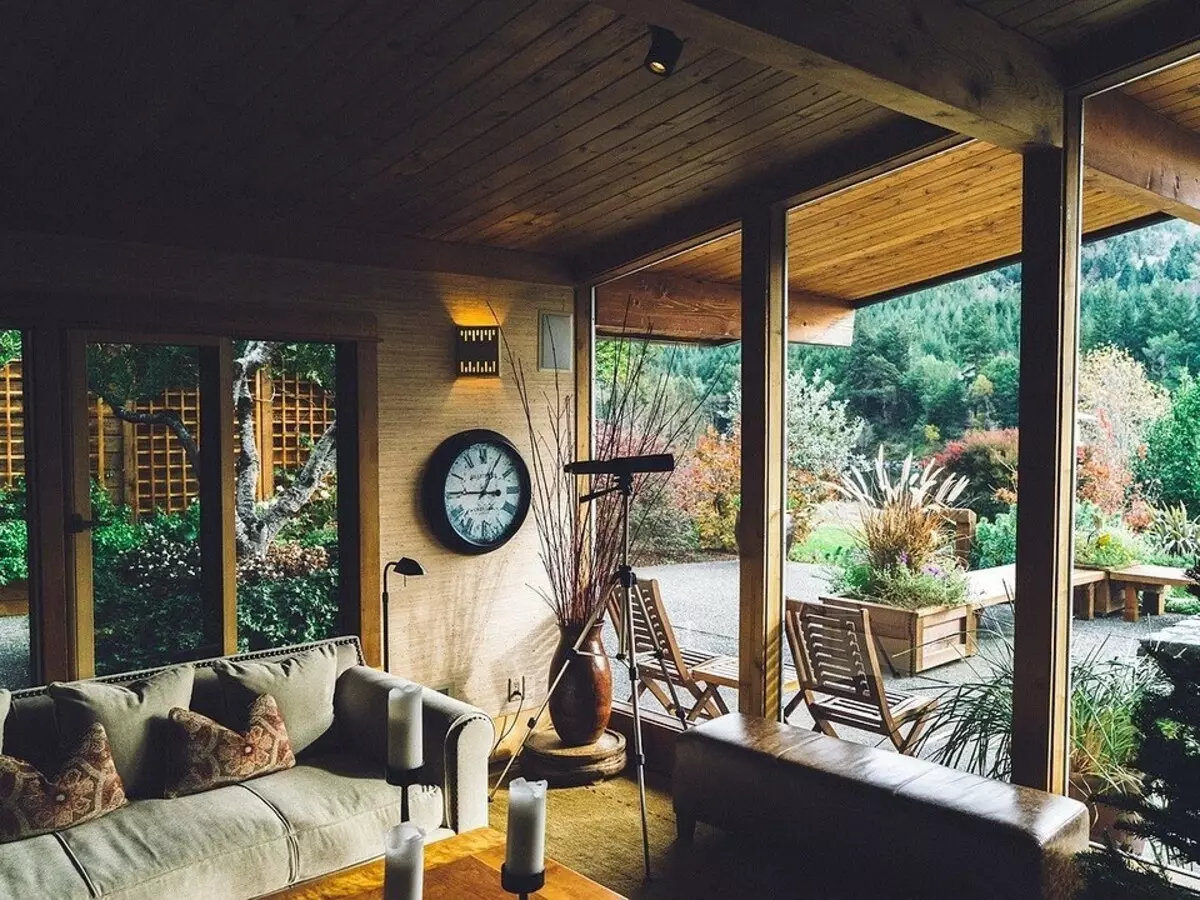
If the house is intended for living all year round, the coating will need it to have good thermal insulation properties. It is advisable to put a layer of thermal insulation for the finishing, closing it with a film that does not pass moisture. Without such protective measures, water penetrates in emptiness and starts to destroy the material, expanding when freezing. The smell of dampness will be felt in the room, and mold will appear in the corners.
If the structure in the garden plot is used only in summer, the external finishing layer must still have good waterproofing properties and securely protect the brick, concrete or wood from wetting.
One of the most important requirements is fireproof. For a log cabin or facility made from a bar, you can assume lightness, but still it is worth making a choice in favor of a non-combustible coating. In case of fire, it will delay the flame and can save the lives of people in the building.
Important qualities are environmental friendliness and non-toxicity. The coating should not cause allergies. If it has a pronounced chemical smell, it cannot be used in any case. Even in an outdoor room from such a "aroma" it will be impossible to get rid of. With combustion, the material will most likely be toxic gas. Unfair manufacturers try to sell their goods as quickly as possible. It is usually sold in the markets where no one watches for quality, and it is very cheap, so it is better to do the purchase in building stores, where the quality of the goods is no doubt. The price is one of the quality indicators.
From the facing it is necessary to maintain its properties despite the frost, rain and exposure to ultraviolet. If it is planned to paint, it is better to choose the most persistent compositions.
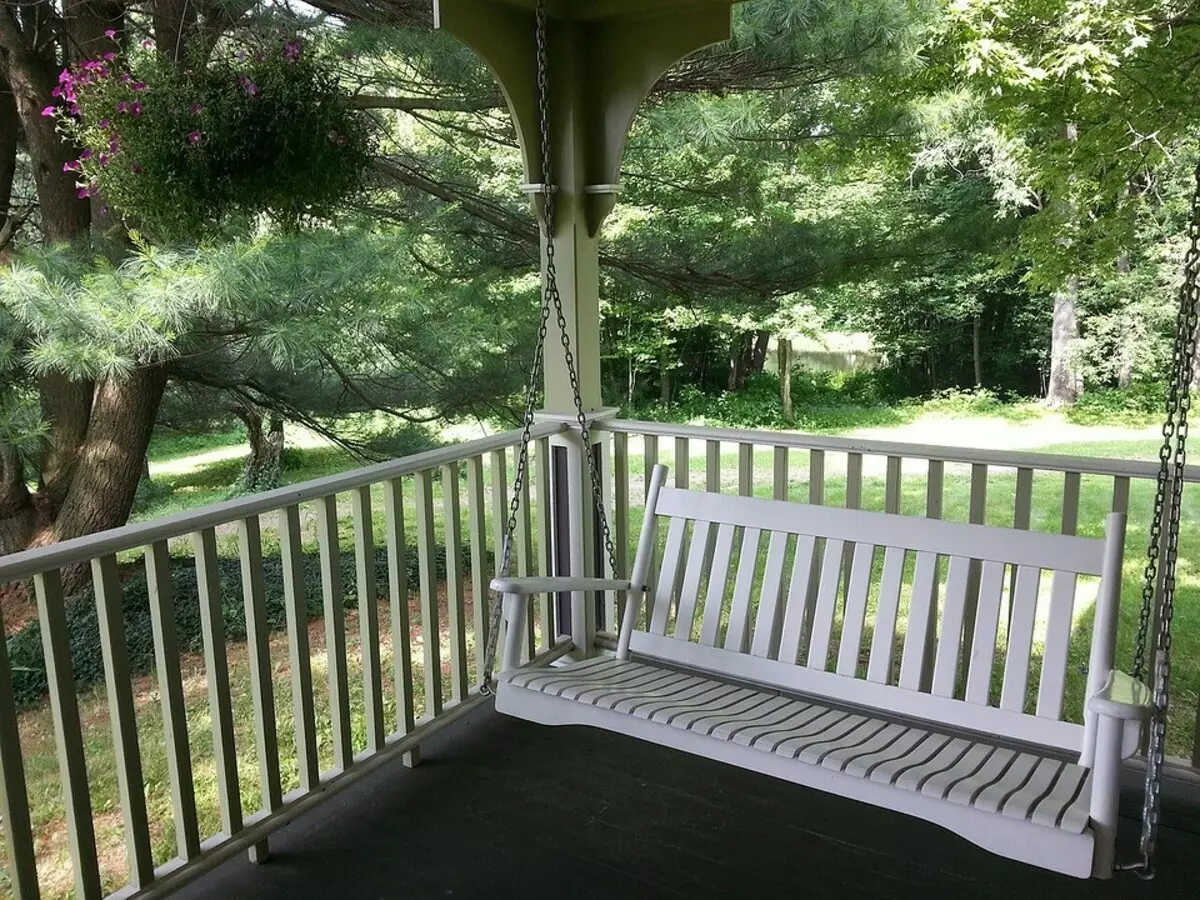
Than to sherand the veranda outside
Lining
In the case of open verandas, protective measures will not need.
For the sheat, the lining is most often used. This is an environmentally friendly material. It is not expensive and has all the necessary properties. To protect the boards from the effects of microorganisms, they are processed by an antiseptic. To protect against moisture, varnish and wood paint are used. It may contain antiseptic substances. Each board has a small ledge from one edge, which comes for the neighboring. It is necessary to close the voids at the joints. The coating, if necessary, is trimmed and attached to the crate of nails, kleimers, brackets or self-drawing.
The tree looks great with any material. If, for example, the question arose - how to hesitate the pillars on the open veranda - it is better to choose the lining.
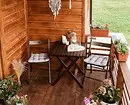
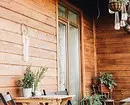
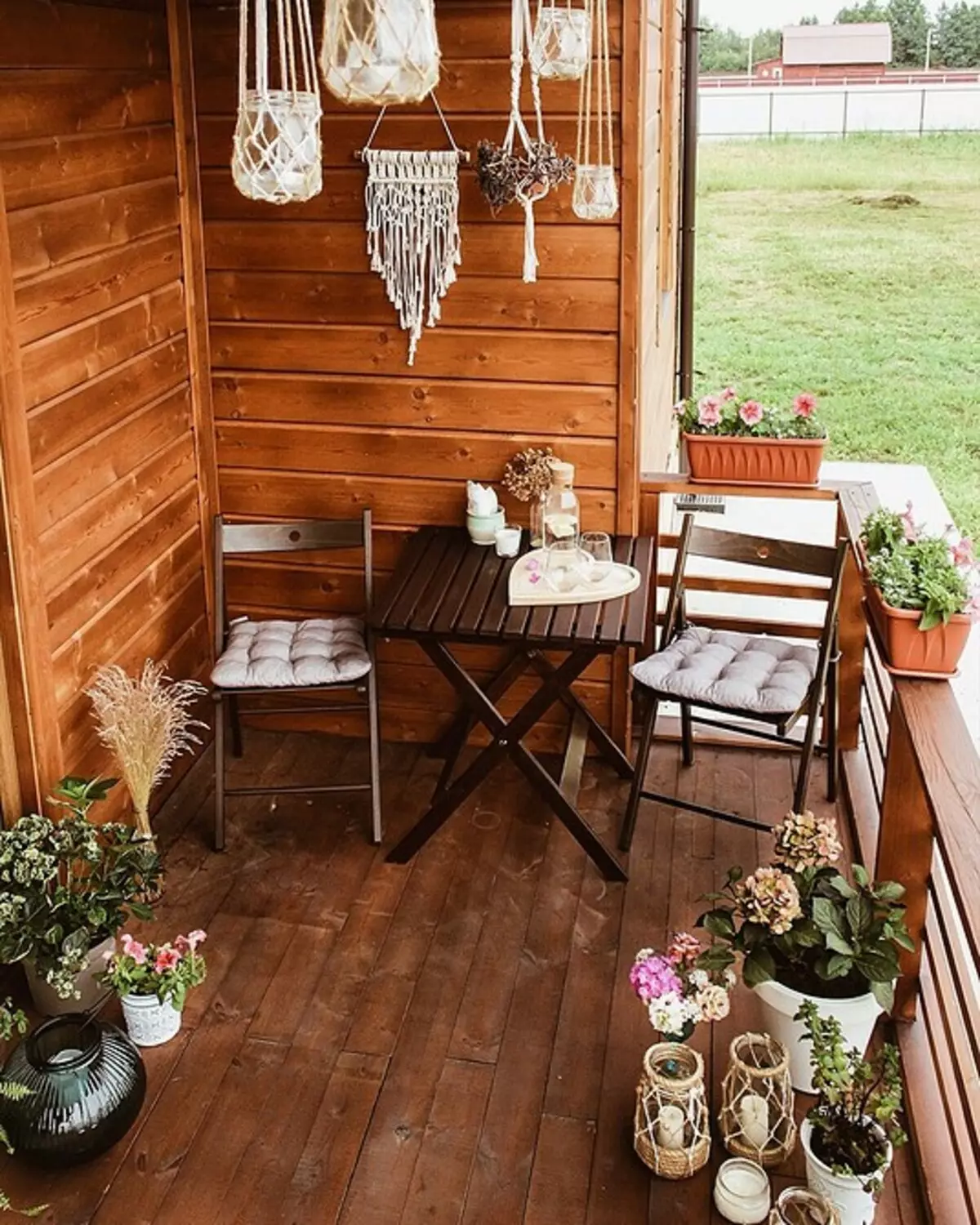
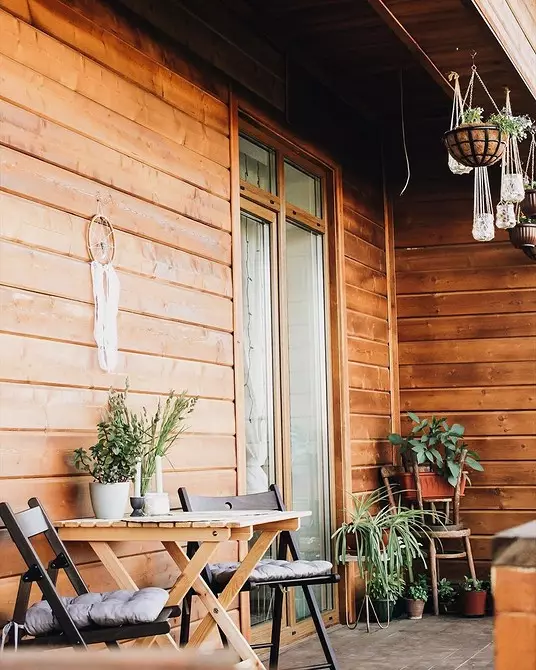
Siding
In second place in popularity is siding. It happens four types:
- polymeric;
- metal;
- cement;
- wood.
It is more racks to rain and frost, does not fade in the sun and does not need additional processing. Its service life is several times longer.
There are disadvantages. Polymeric products are well burning, highlighting the caustic toxic smoke. Metal fireproof, but they are easy to spoil. If you bend one part or make a dent on it, it will be impossible to straighten it.
Installation is made on the crate using special accessories and baguette.
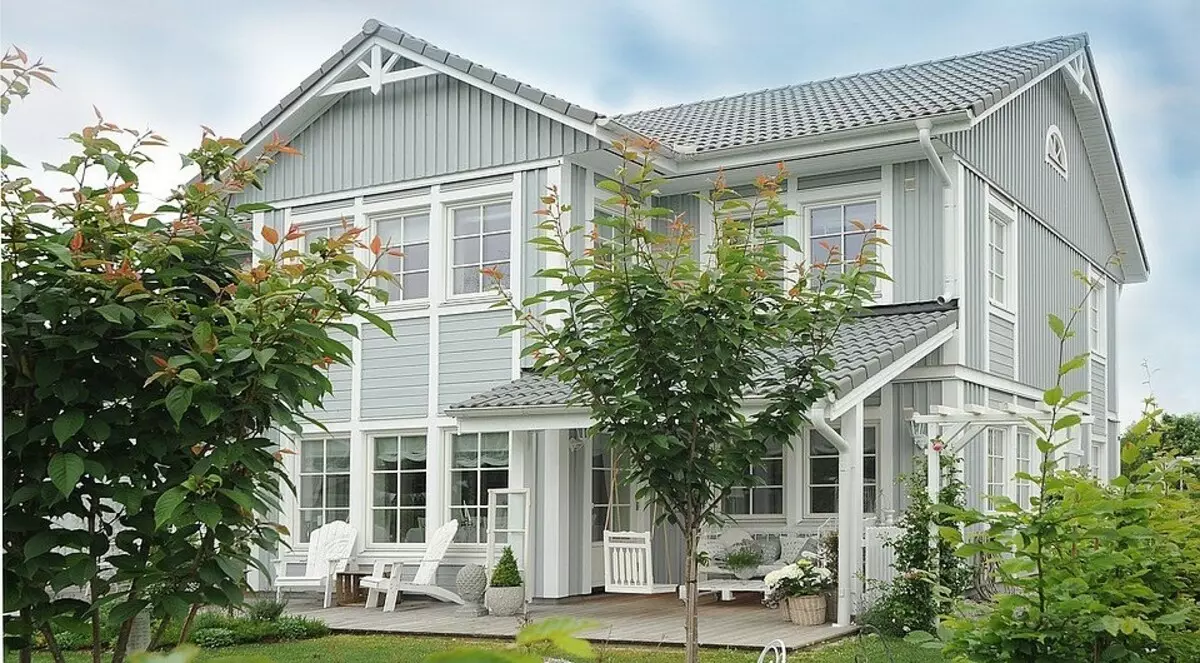
Brick
The highest strength characteristics possesses facing brick. He is not afraid of blows and scratches. Rain and snow to him. The service life of the brick is not limited.
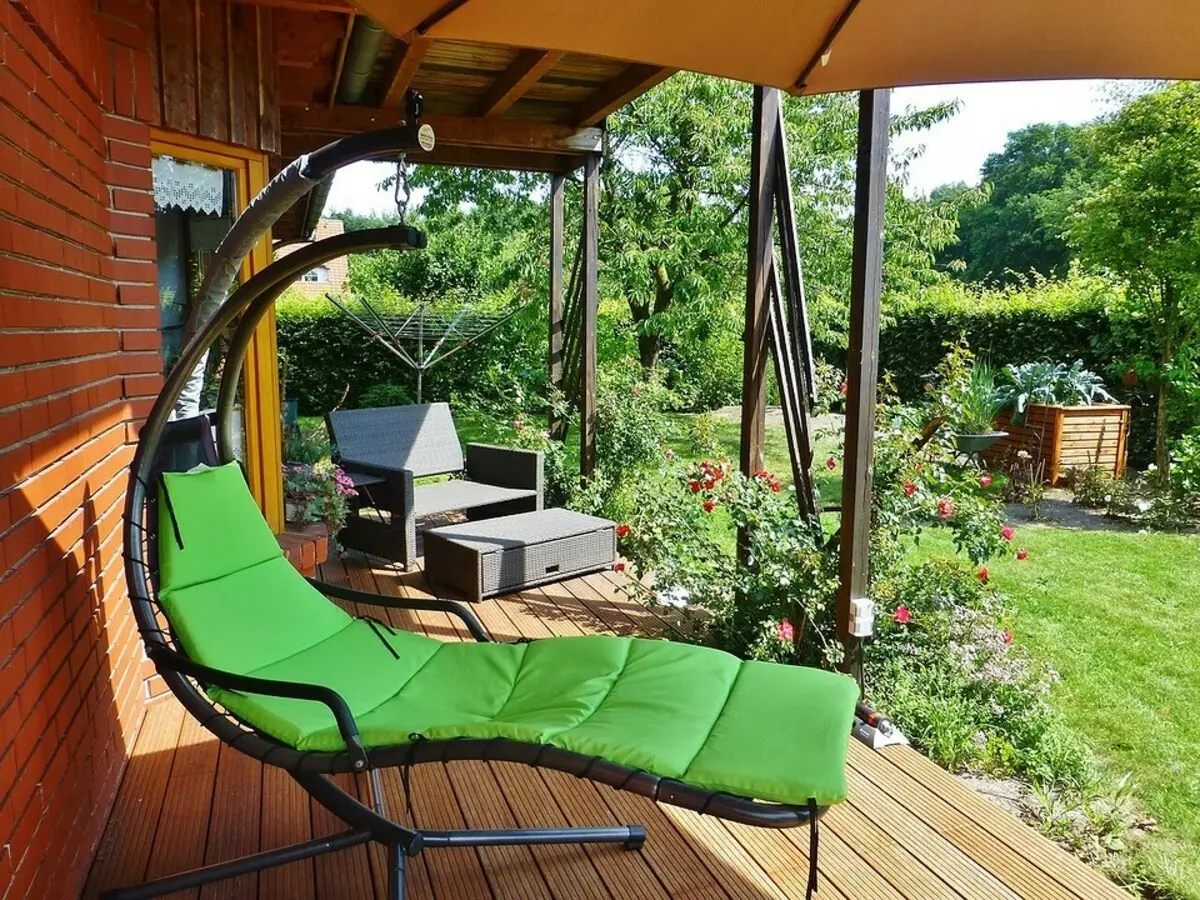
Plaster
If the structure is constructed reliably and the supporting structures do not "walk", its external part can be covered with plaster. There are decorative compositions, mixtures with improved technical characteristics. In the composition you can enter the dye of any shade.
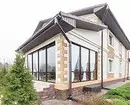
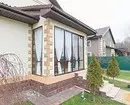
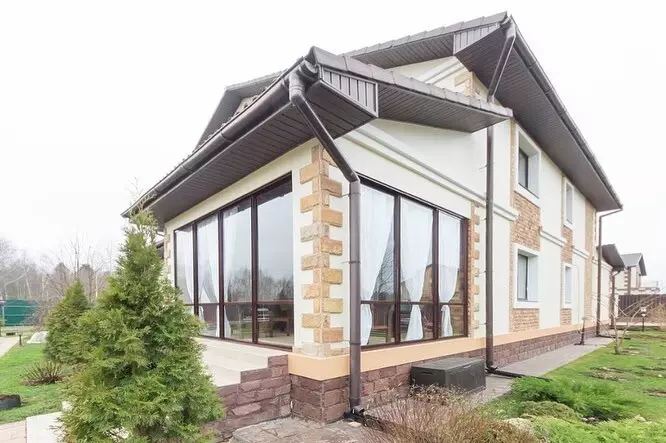
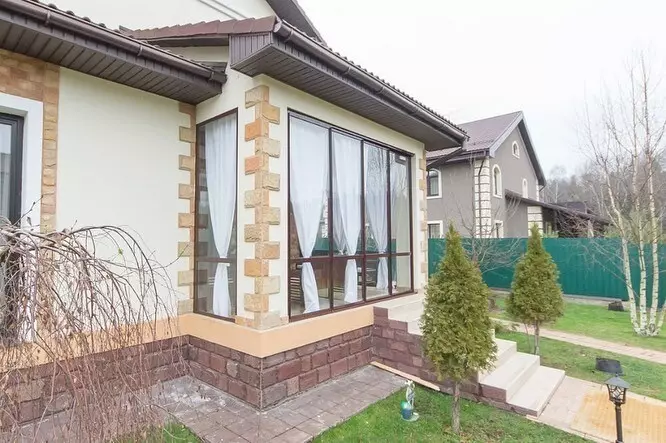
Polycarbonate
Walls and roofs can be made transparent using polycarbonate plates. They are monolithic and hollow. Products can have any color, smooth or embossed surface. The material skips the light perfectly, has high strength. This allows it to withstand loads from more than a meter layer of snow. It weighs a little. It will not have to collect massive structures for its installation. Plates are attached to the frame or the crate.
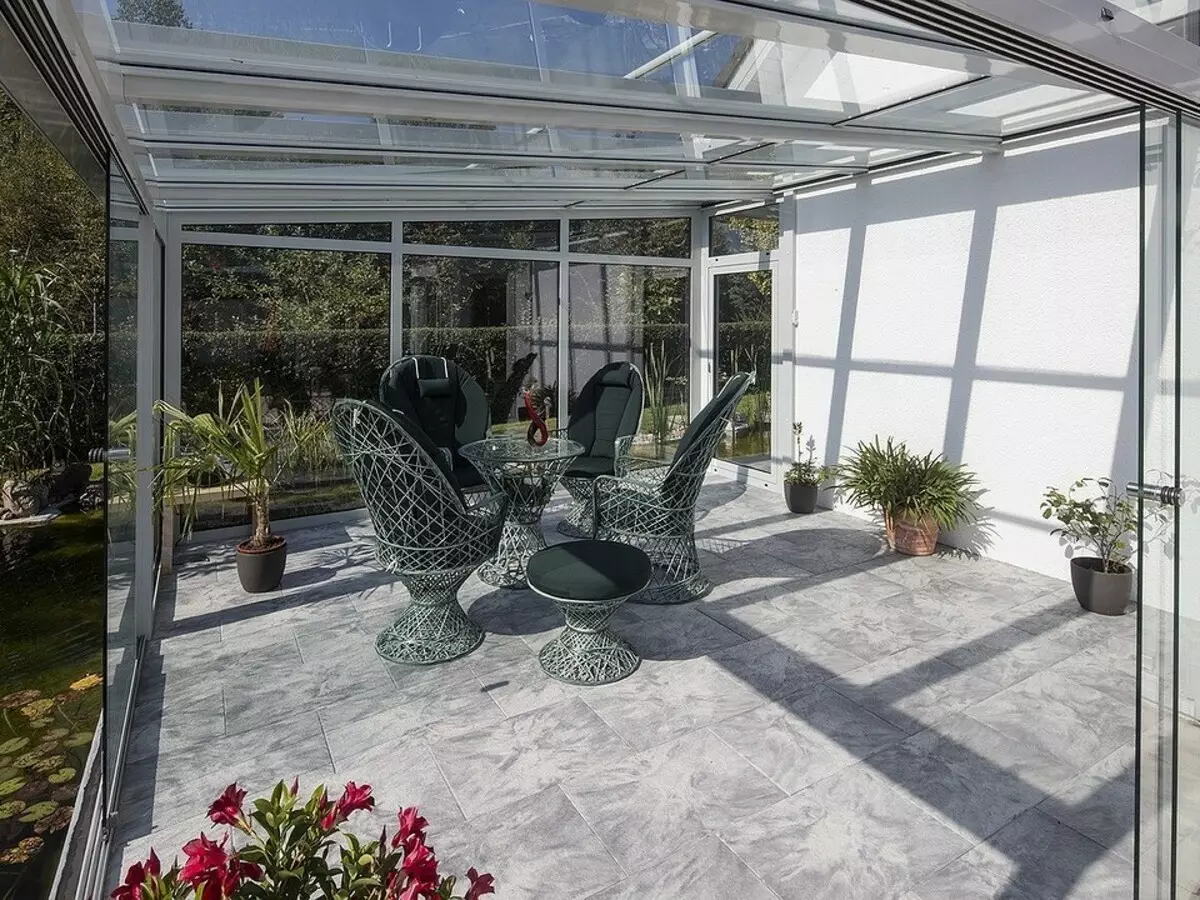
OSB
For draft trim, you can use oriented chipboard (OSB). For technical specifications, they exceed the finish from a natural tree. On open terraces of them, not only enclosing structures are made, but also the floors.
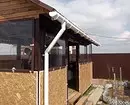
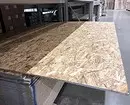
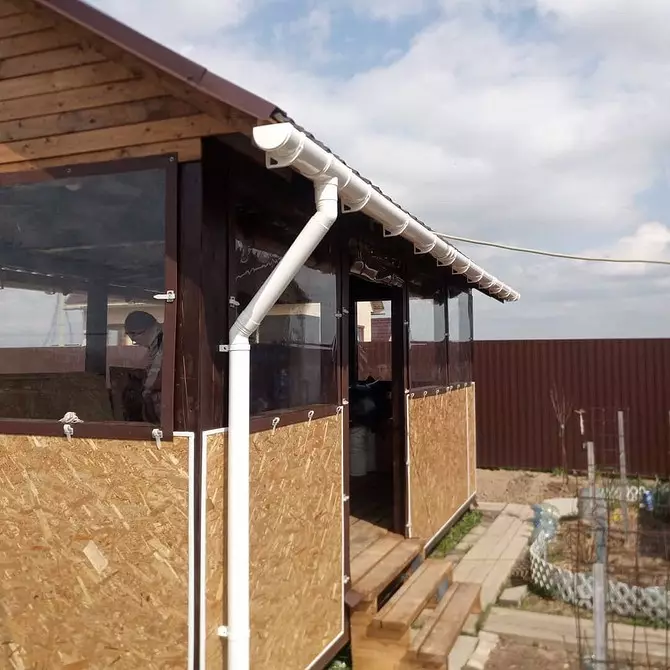
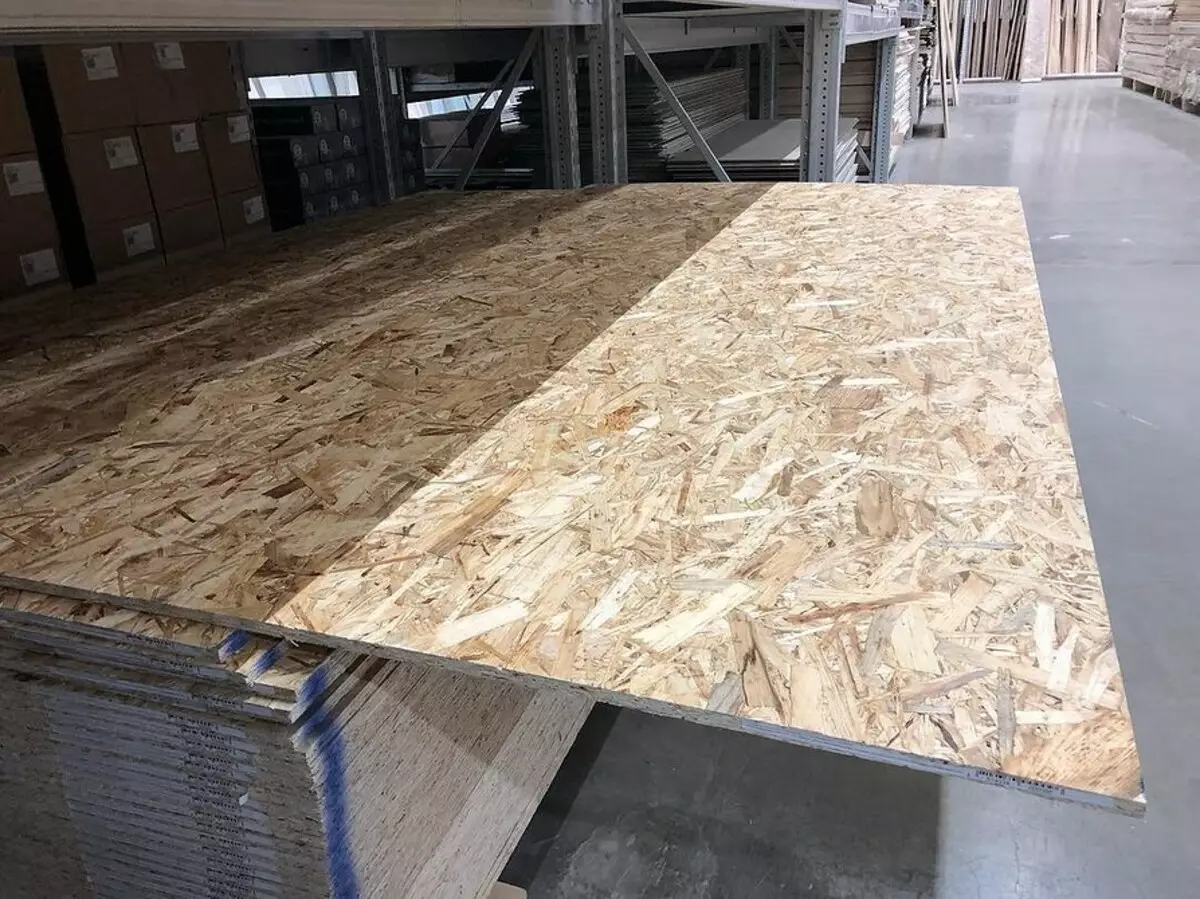
Than to sew a cold veranda from the inside
From the inside, the heat and waterproofing may also be needed. It is done in the same way as with an external one. The exception is open and semi-open structures.How to cover the walls
Regardless of which the trim, the carrying structures will be better protected by heat and waterproofers. For insulation, mineral wool is used, foamed polystyrene foam, polyurethane foam. To protect this layer, the waterproofing based on polyethylene is placed on top. Polyurethane foam is applied by spraying using special equipment. In other cases, work can be made with your own hands. Porous plates are stacked on a wooden crate. The seams between them are filled with mounting foam, excess are cut off with a knife. From above to the crate is nails polyethylene. The joints are closed with metallic scotch.
For a comfortable stay on the terrace during the cold season, additional insulation will not be required if the walls are made of thick logs, timber or aerated concrete blocks. The thickness of the masonry in this case should be at least 25 cm.
Most often for decorations using lining. This is a rare case when building material has a pleasant natural smell, healthy health. If the terrace serves as an entrance to the dwelling, the panels from polyvinyl chloride are suitable as a facing. They are easily laundered and not afraid of moisture. They look as not as smart and colorful, as a natural tree, but in contrast to it they hold well when the temperature drop in the unheated room.
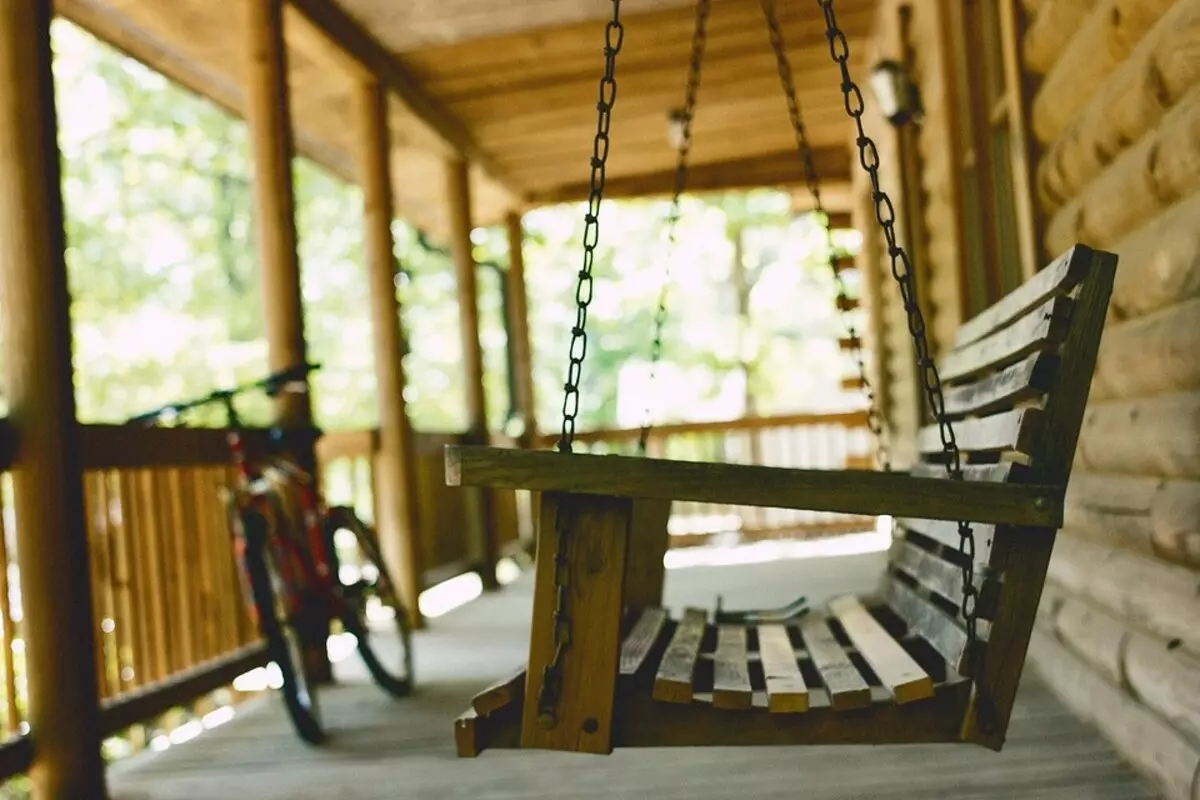
Plates of MDF have proven well. They look like a woody array, while most disadvantages inherent in birch or pine. The vulnerable place is the edges that when installing must be closed, previously treated with an antiseptic. Otherwise, they will crumble.
What to see the ceiling on the veranda
In the first place in popularity again lining. It does not need to withstand serious loads from it, and nothing threatens her at the top.PVC panels, MDF and OSB plates are also used for ceilings. Weaving and bamboo surface kneel well.
When choosing plaster, it is better to stay on the compositions for facades. They are not afraid of moisture and temperature drops.
You can collect a transparent roof of polycarbonate. In this case, the ceiling will not be required, but even cellular coatings will not be able to create the necessary level of thermal insulation.
Than to separate the floor
Concrete floors have the highest strength. You can enter a dye into solution, but the main advantage of such a solution is its reliability.
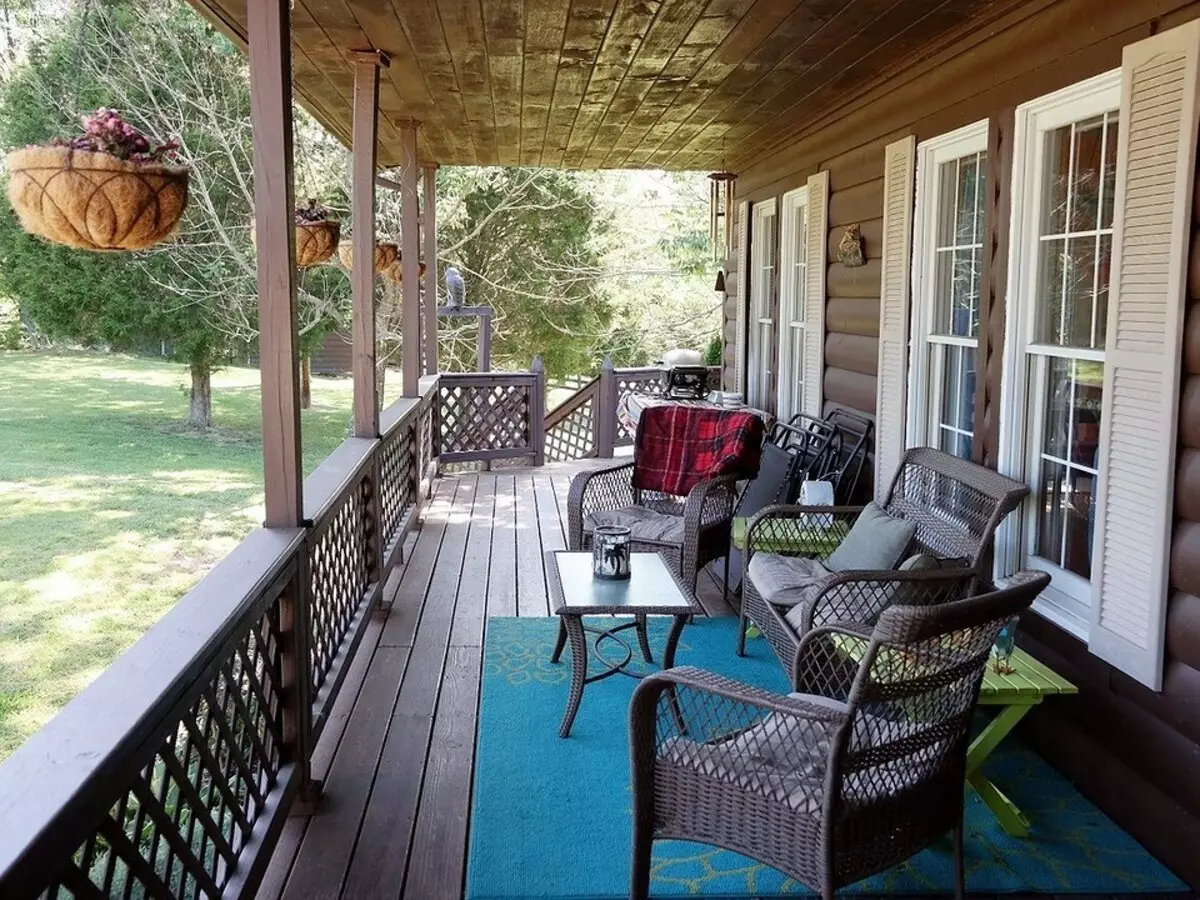
If the coating requires strength and high decorative characteristics, the tile will be the best solution. There is a huge amount of tiles that differ in price, properties and composition. Material is environmentally friendly and not afraid of water. There are special coatings that are characterized by increased strength and abrasion resistance.
With low humidity, you can lay linoleum, rubber, even parquet, but it is better not to risk. In the unheated room, too much condensate accumulates. It is better to use floorboards covered with varnish, paint and processed by antiseptics.


